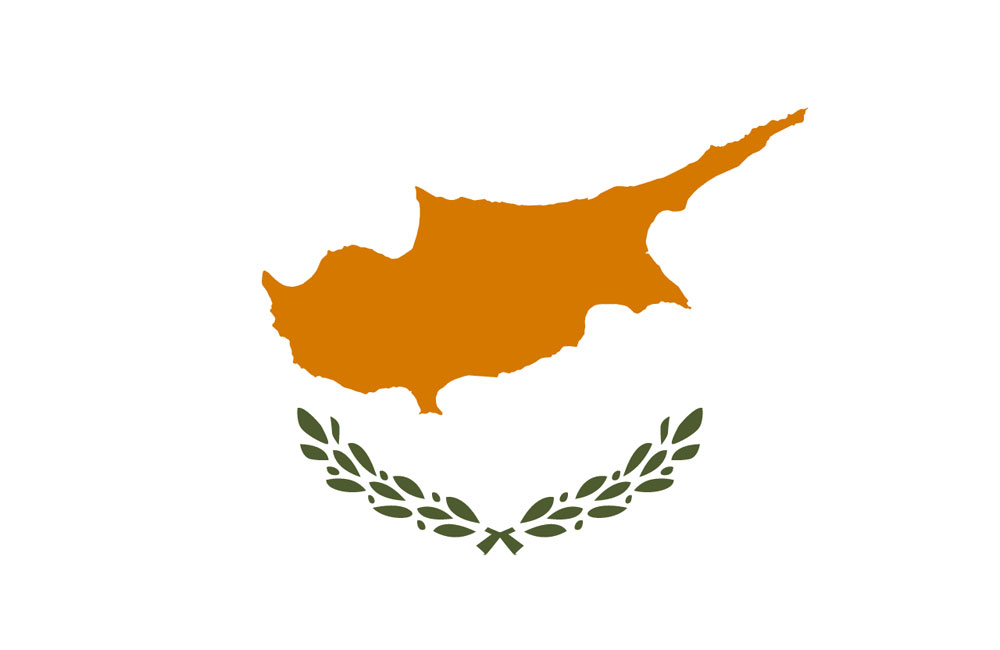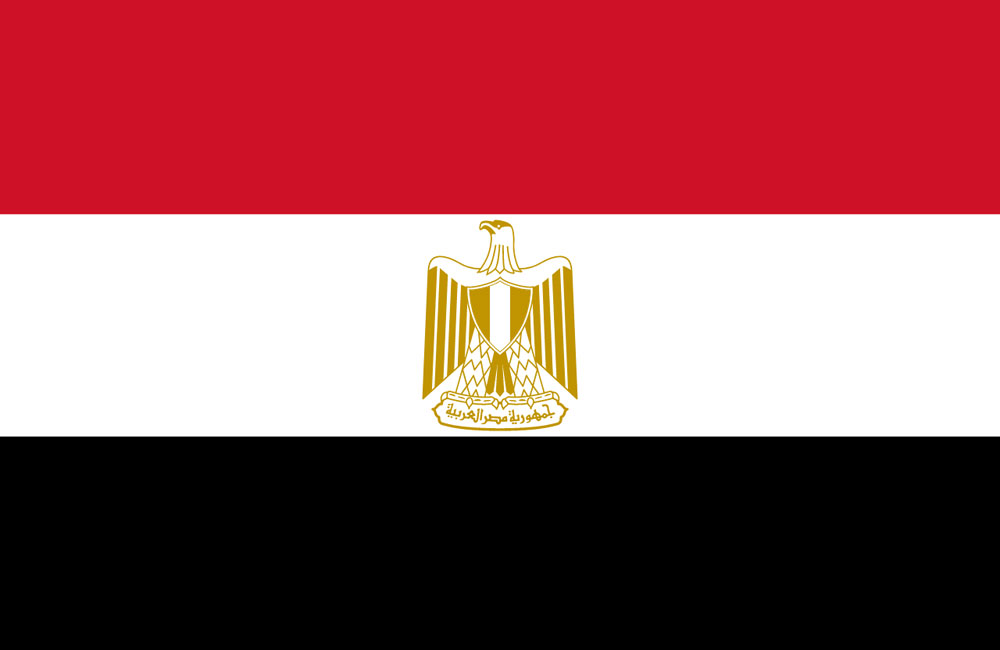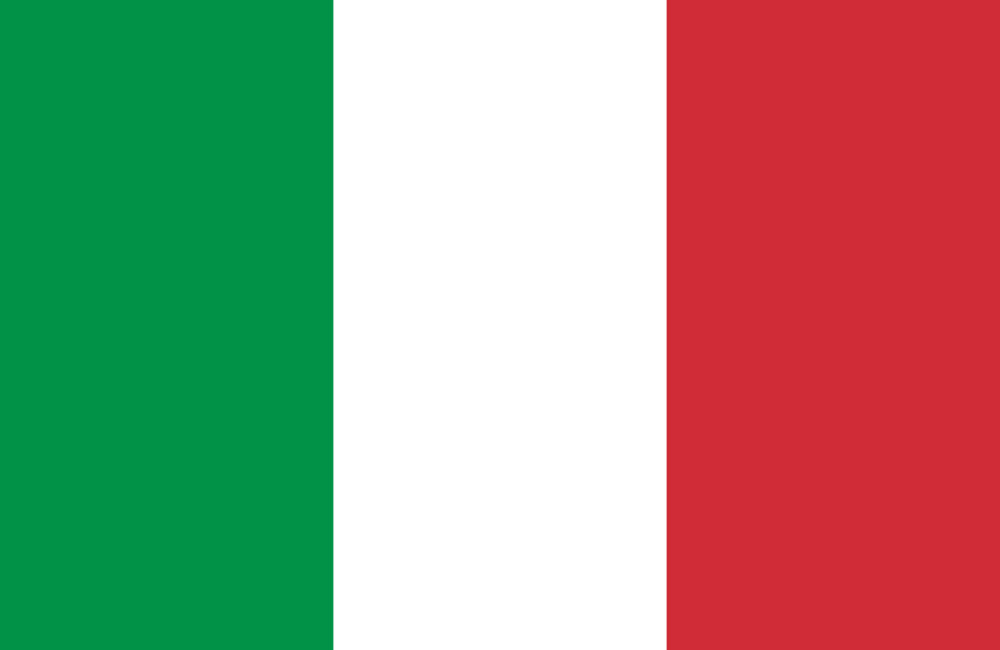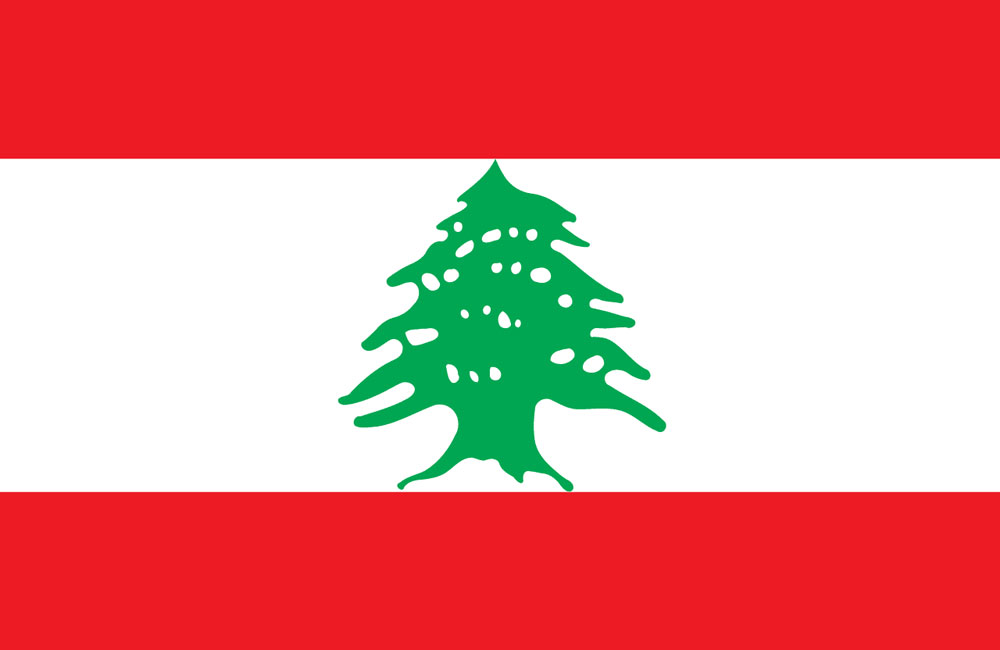History
For about seven thousand years, Palestinians have been keeping bees as a traditional hobby or a job. Archaeological remains show beekeeping in clay in the Canaanite period in Bab El-Wad region/west Jerusalem. Additionally, remains of beekeeping activities were discovered in Jericho "the ten-thousand-year-old city".
Historic Palestine is located at the crossroads of three biogeographical regions (Mediterranean, desert, and steppe). Topography, geomorphology, geology, and soil differ, giving the vegetation a different diversity and a rich variety of plant life including about 2,780 species of plants, among which more than 900 species are part of the original species of flowering plants.
The “List of the Most Important Types of Honeybees Nectarous and Pollen Plants in the Governorates of the West Bank - Palestine” study revealed that 143 indigenous plant species have been identified as nectarous plants out of the 393 potential plant species.
The composition of the vegetation cover of historical Palestine has wide diversity, which is rare in most countries of larger areas. The coastal area, the western mountains, the eastern mountain range, and Jordan Valley. Therefore, there is a diversity of cultivations and different groves. Throughout the year, one crop can grow in other geographical areas in Palestine – with the absence of occupation (from sea to river).
The quality of honey in the West Bank and Gaza Strip is one of the highest in the world. Palestinians joined the Mediterranean Bee Federation Union because of Palestinians’ distinction in this sector. Palestinians also proved their international competitive participation in honey production, i.e., in 2014, Palestinian honey ranked first in the Italian Forino, which increased the focus on the West Bank and Gaza Strip as honey producers and members of the beekeeping sector. Despite the progress of the profession of beekeeping in historical Palestine, the institutionalization of the sector is new and promising.

Features that favor beekeeping
The biodiversity in historical Palestine, including the West Bank, gives it a distinctive character in the beekeeping sector and the possibility of investment in the future. This diversity has created an abundance in the number of harvestings of hives throughout the year, as there are at least one to two harvests per year, a maximum of 7 harvests, and 9 harvests in occupied Palestine. Beekeeping is based on the following plants: Citrus, spring plants, avocados, mangoes, Ketauria calcitrapa, Clover, Zizifos spina, and Thymus capitatus.
Beekeeping in the West Bank has a nature of family work. There are many families that started beekeeping from swarms collected from trees and eventually acquired over 350 hives. Others started with five hives and now have 60. In contrast, some families started with 10 hives, and now do not have any. This issue depends on the methodology of working and the way to manage their project.
Beekeeping Products
The honeybee sector is considered a promising sector and had many intersections with other sectors such as agriculture, environment, economy, and tourism. As expected, honey is the main product of this sector; there are many products that can be produced within the beekeeping sector, for instance: Beehives/swarms, natural beeswax, Pollen, Propolis, Royal Jelly, Homogenate, Bee venom, Beehive air. Marketing is one of the biggest problems facing beekeepers - men and women. Honey consumption culture is not well developed for Palestinian families, which makes honey marketing difficult and increases competitiveness within Palestinian honey production. The Palestinian Ministry of Tourism does not market directly, but it promotes local and traditional products such as olive wood, seashells, Hebron glass, pottery, ceramics, and Palestinian embroidery. Palestinian honey is not considered a tourist product.





